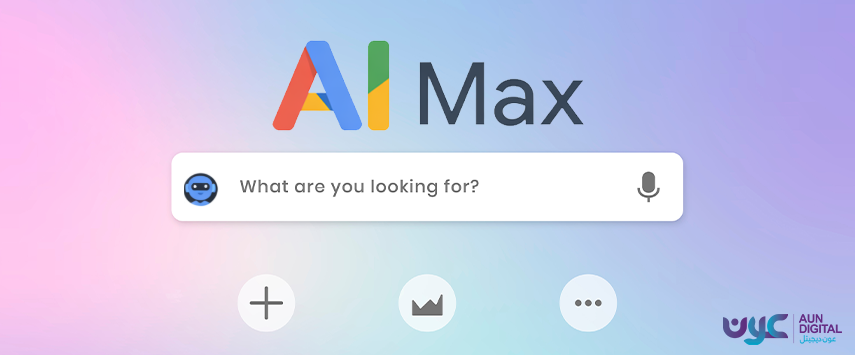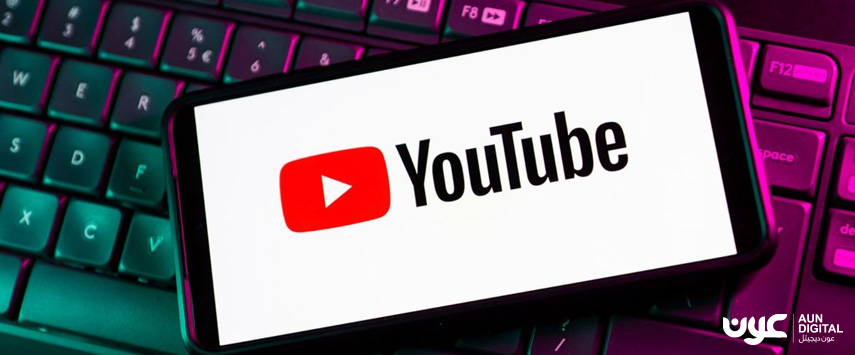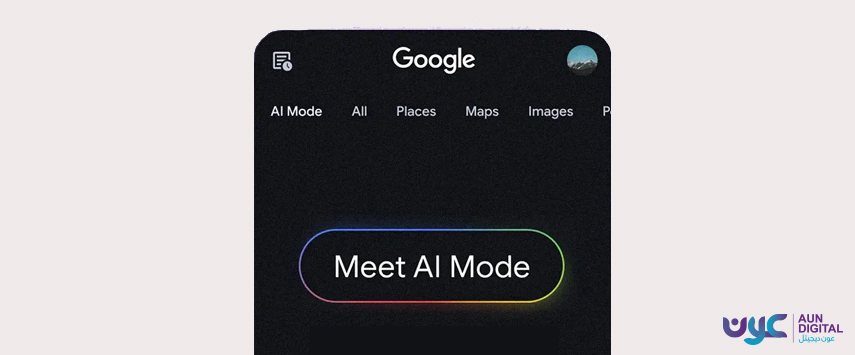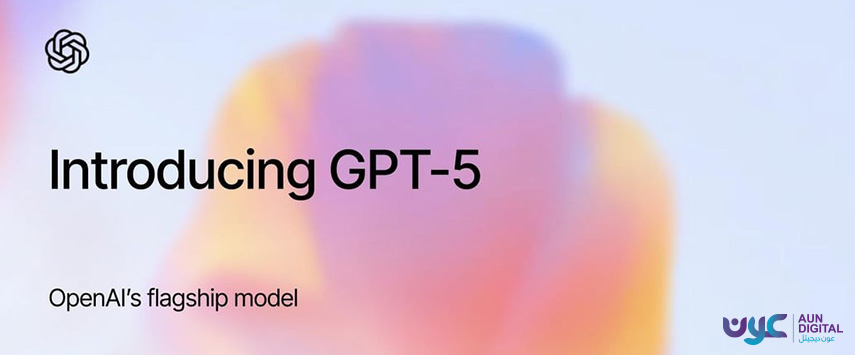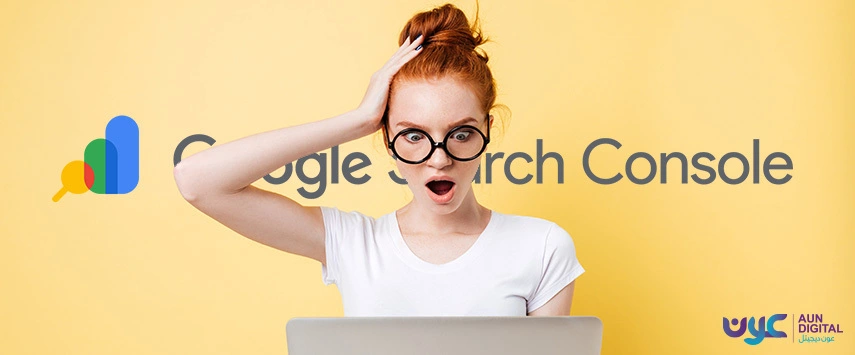Google has rolled out AI Max for Search campaigns globally in beta, bringing its advanced AI ad tool to advertisers everywhere.
The update is now live across Google Ads, Google Ads Editor, Search Ads 360, and the Google Ads API, promising faster testing, smarter optimization, and more control over creative decisions.
Read more about AI Max for Search campaigns at Google Ads Help.
Key Takeaways
- Google AI Max for Search is rolling out globally in beta
- Advertisers get smarter testing with one-click experiments and better reports
- New features give more creative control and stronger brand safety
- Businesses should prepare for tougher competition and shifting traffic patterns
What Is Google AI Max for Search?
Google AI Max for Search is an AI ad tool that packages Google’s AI-driven features into a single, streamlined suite inside Search campaigns. Instead of relying only on keywords and rankings, it uses contextual signals to deliver more relevant, conversational responses.
In practical terms, AI Max aims to:
- Give advertisers one-click campaign experiments.
- Improve ad optimization without heavy manual effort.
- Provide safer, brand-approved creative through upcoming text guidelines.
This rollout comes as businesses are demanding smarter tools that balance automation with human oversight.
Smarter Testing With One-Click Experiments
The highlight of this launch is the one-click experiments feature. Advertisers can now run experiments directly within their existing campaigns, eliminating the hassle of cloning campaigns or worrying about sync issues.
Here’s how it works:
- Control Group: Runs without AI Max enabled.
- Trial Group: Runs with AI Max activated.
- Traffic Split: Google divides traffic between the two setups to compare results.
Once the experiment ends, advertisers can decide whether to keep AI Max, adjust settings, or return to their original setup.
This low-barrier testing is designed for speed, enabling marketers to measure performance without having to rebuild campaigns from scratch.
Controls Advertisers Can Fine-Tune
Even with automation, AI Max isn’t a black box. Advertisers still have several controls to tweak experiments:
- Search Term Matching: Disable at the ad group level for tighter keyword targeting.
- Asset Optimization: Turn off at the campaign level if you prefer manual creative testing.
- Landing Pages: Use URL exclusions at the campaign level or inclusions at the ad group level.
- Brand Controls: Add inclusions or exclusions across campaigns, with more granular options at the ad group level.
- Location Targeting: The “locations of interest” feature allows more precise geo-targeting.
This balance of automation and control means advertisers can test smarter while still guiding campaign direction.
Expanded Reporting Surfaces
Transparency has always been a sticking point for AI-driven ad tools. Google addresses this with new reporting options under the Experiments tab.
Advertisers will now see:
- Clear experiment summaries.
- Match-type indicators for AI Max in Search terms and Keywords reports.
- Combined reporting views showing matched search terms, ad headlines, and landing URLs.
This level of detail allows PPC teams to measure exactly how AI Max impacts campaign performance.
Auto-Apply or Manual Review
Advertisers have flexibility in how they adopt AI Max after testing. If the experiment shows strong results, they can auto-apply changes right away. Alternatively, teams can review results first and apply them manually from campaign settings.
This flexibility is especially valuable for larger teams or any PPC agency that manages multiple accounts.
Set Up Limits Advertisers Should Know
There are some restrictions. You cannot create an AI Max experiment if your campaign:
- Uses older features like text customization (legacy ACA).
- Targets the Display Network.
- Runs on a Portfolio bid strategy.
- Uses shared budgets.
Advertisers may need to adjust campaign structures before testing AI Max.
What AI Max for Search Campaigns is Bringing Soon?
Google has confirmed a new text guidelines feature is in development and expected later this fall.
This tool will guide AI in generating ad copy that aligns with brand safety policies and creative standards. It will be available across both AI Max for Search campaigns and Performance Max.
For now, advertisers are encouraged to continue using existing brand approval workflows.
Why This Matters for Businesses?
The global beta of Google AI Max for Search is a signal that advertising on Google is shifting in real time. For brands and marketers, the update introduces both opportunities and challenges that can’t be ignored:
- Content Optimization – Success now depends on creating conversational, intent-driven content that aligns with how AI interprets queries, not just stacking keywords.
- Local Search Edge – With improved recognition of local intent, businesses need to sharpen their local SEO strategies to stay visible to nearby audiences.
- Visibility Pressure – Since AI Max highlights fewer sources, competition for top placements is expected to intensify, making authority and credibility more valuable than ever.
- Traffic Changes – Instant answers may lower click-throughs for simple queries, pushing businesses to rethink how they measure success and ROI.
For companies working with a PPC agency, this is the right time to start experimenting with AI Max. Early adopters stand to gain insights, refine strategies, and secure an edge while still keeping brand safety in check.
Bottom Line!
The global rollout of Google AI Max for Search marks a pivotal shift in paid search. With smarter testing, expanded reporting, and more creative oversight, advertisers now have a clearer path to balancing automation with control.
Those who start experimenting during the beta phase will be better positioned to adapt quickly, measure real impact, and stay ahead as Google continues refining the tool.
Visit Aun Digital for more such latest insights and news related to tech and digital marketing.

